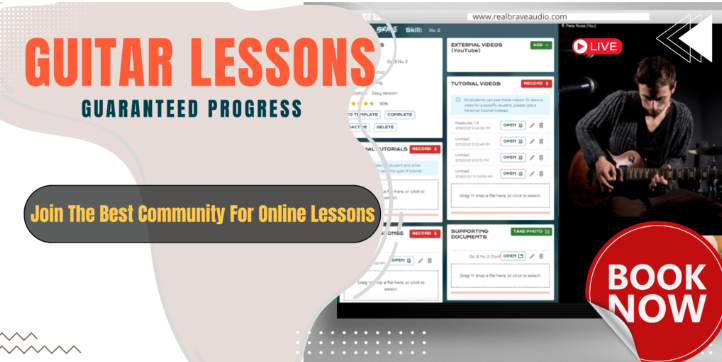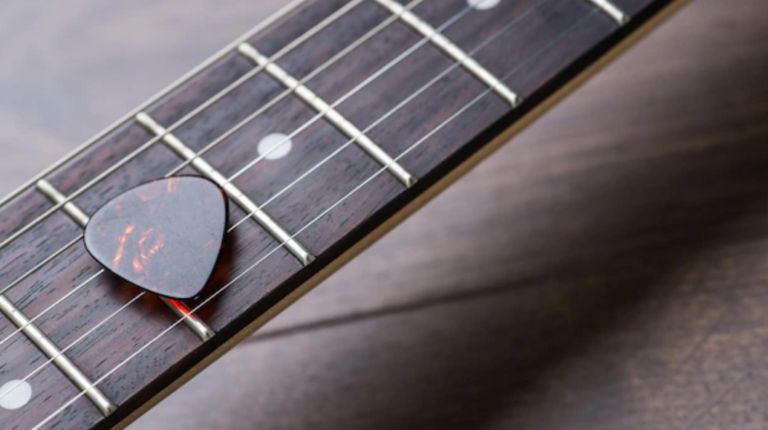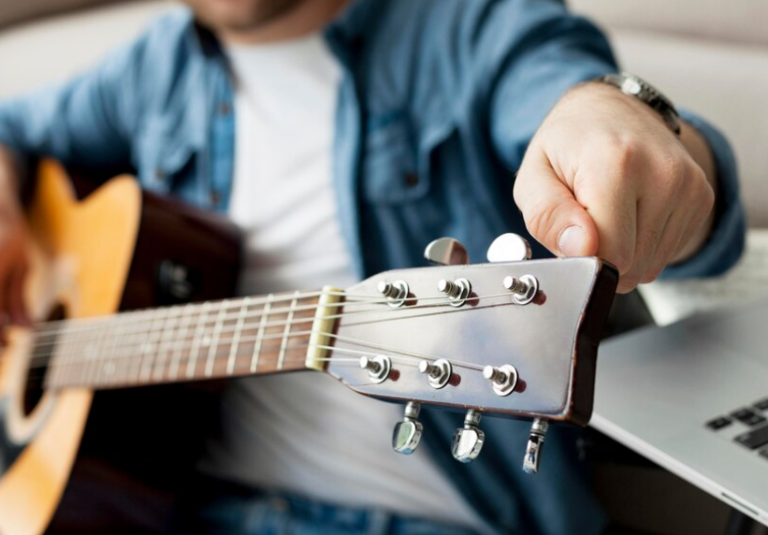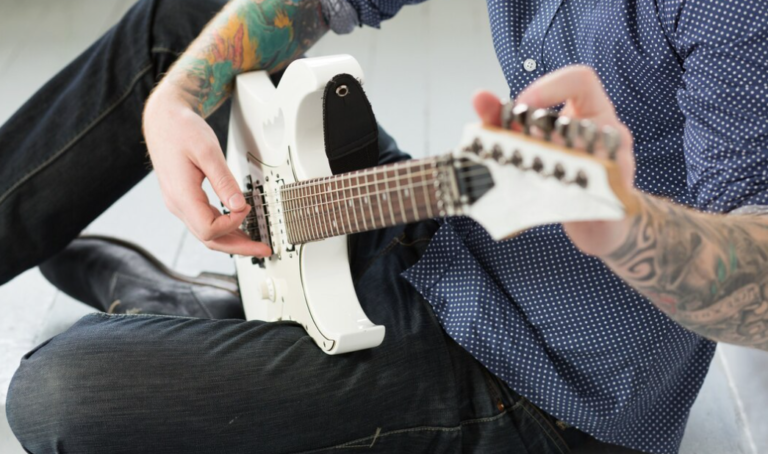Acoustic vs. Electric Guitar: Important Differences for Beginners
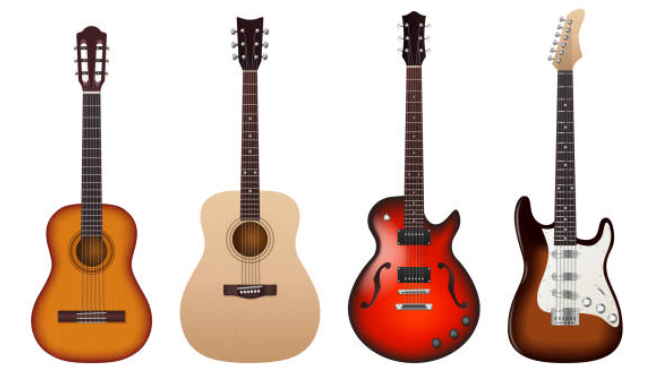
Learning how to hold a guitar properly is one of the first steps to becoming a confident player. Whether you choose an acoustic or an electric guitar, holding it correctly ensures comfort, good posture, and better technique. While the fundamentals are similar, there are a few key differences between holding an acoustic versus an electric guitar. In this guide, we’ll break down the essential techniques and tips to help beginners hold each type of guitar properly.
Why Proper Guitar Holding Matters
Before diving into the differences, it’s important to understand why proper positioning matters:
- Prevents fatigue and discomfort: Holding the guitar incorrectly can lead to unnecessary tension in your arms, shoulders, and back.
- Improves playability: A well-positioned guitar makes it easier to reach frets and strum smoothly.
- Encourages better technique: Proper posture helps avoid bad habits that can slow down progress.
Now, let’s compare how to hold types of guitar.
How to Hold an Acoustic Guitar
These guitars are larger than electric guitars and require a different approach when it comes to holding them properly.
1. Sitting Position
- Sit on a sturdy chair or stool without armrests to give yourself free movement.
- Keep your back straight and avoid slouching.
- Rest the guitar on your right thigh if you are playing casually or on your left thigh in a classical position.
- Angle the neck slightly upwards to give your fretting hand easier access to the fretboard.
- Keep your strumming arm resting gently on the body of the guitar, near the lower bout.
2. Standing Position
- Use a guitar strap to support the weight of the guitar.
- Adjust the strap so that the guitar sits at a comfortable height (usually around waist level).
- Maintain good posture with feet shoulder-width apart to balance the instrument.
- Keep the guitar close to your body to prevent wrist strain.
How to Hold an Electric Guitar
These guitars are generally smaller, lighter, and have a thinner body compared to acoustics, making their holding technique slightly different.
1. Sitting Position
- Sit on a comfortable chair and place the guitar on your right thigh for standard playing or your left thigh for a classical approach.
- The thinner body of an electric guitar may require you to bring it closer to your torso to maintain balance.
- The neck should still be angled slightly upward to avoid straining your fretting hand.
- Your picking arm should rest on the guitar’s body naturally without excessive force.
2. Standing Position
- A guitar strap is essential when standing, as electric guitars are not designed to rest on your thigh like acoustics.
- Adjust the strap so that the guitar sits at a comfortable level—too low can strain your wrist, and too high can limit movement.
- Keep your shoulders relaxed and maintain a balanced stance.
- Unlike acoustics, electric guitars may shift more due to their lighter weight, so be mindful of keeping a secure grip.
Key Differences Between Holding These Guitars
| Feature | Acoustic Guitar | Electric Guitar |
| Body Size | Larger, bulkier body | Smaller, thinner body |
| Weight | Heavier than electric | Lighter, may require better support |
| Neck Angle | Slightly higher for better access | Can be kept more neutral |
| Strap Use | Optional for sitting, useful for standing | Essential for standing, sometimes needed when sitting |
| Arm Position | Resting on the body for stability | Resting more freely, depending on the guitar design |
Tips for Comfortable Guitar Holding
- Always relax your shoulders and avoid tension in your arms.
- If you experience wrist discomfort, try adjusting the neck angle slightly.
- Use a footstool if you need extra support when playing in a seated position.
- Take short breaks to avoid muscle fatigue and maintain flexibility.
- Experiment with strap length to find a position that feels natural.
Wrap-Up
Holding an acoustic and electric guitar properly lays the foundation for good playing habits. While both guitars share similar techniques, their differences in size, weight, and ergonomics require slight adjustments. Whether you’re strumming an acoustic around a campfire or shredding on an electric in a band, finding a comfortable and efficient way to hold your guitar will make your playing experience much more enjoyable.
Keep practicing, stay comfortable, and most importantly, have fun with your guitar journey.
Interested in taking your guitar skills to the next level? Click the below and book a free lesson with us! We’re committed to helping you express yourself freely on the guitar without endless scales and theory. Happy playing!
Author: Daniel Powers Jr, the founder of Real Brave™, serves as the chief inspiration to thousands of students in the Real Brave music instruction program. He’s also the visionary behind PracticePad™, an online platform for live one-on-one online music lessons, lesson tracking, and scheduling. Beyond his entrepreneurial pursuits, Daniel leads a non-profit organization that provides formerly homeless children with access to music education, making a profound impact on their lives. His unwavering dedication to music, innovation, and education continues to inspire individuals to reach their fullest potential while creating positive change in communities. Follow Real Brave on all the socials:
youtube.com/@realbraveinc
twitter.com/realbraveinc
https://www.tiktok.com/@realbraveinc
instagram.com/realbraveaudio
facebook.com/realbraveinc
